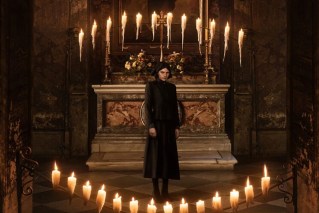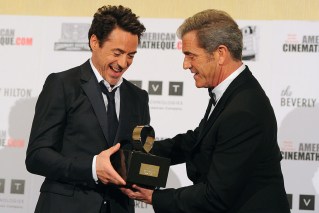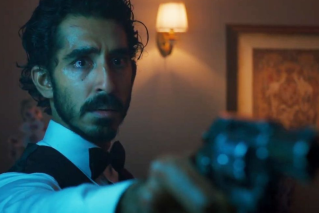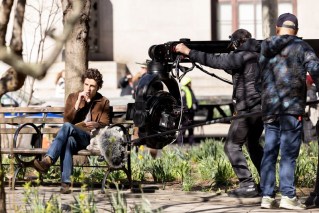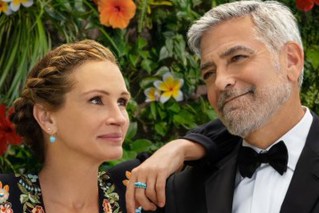Ben-Hur chariot scene: does the new version measure up?
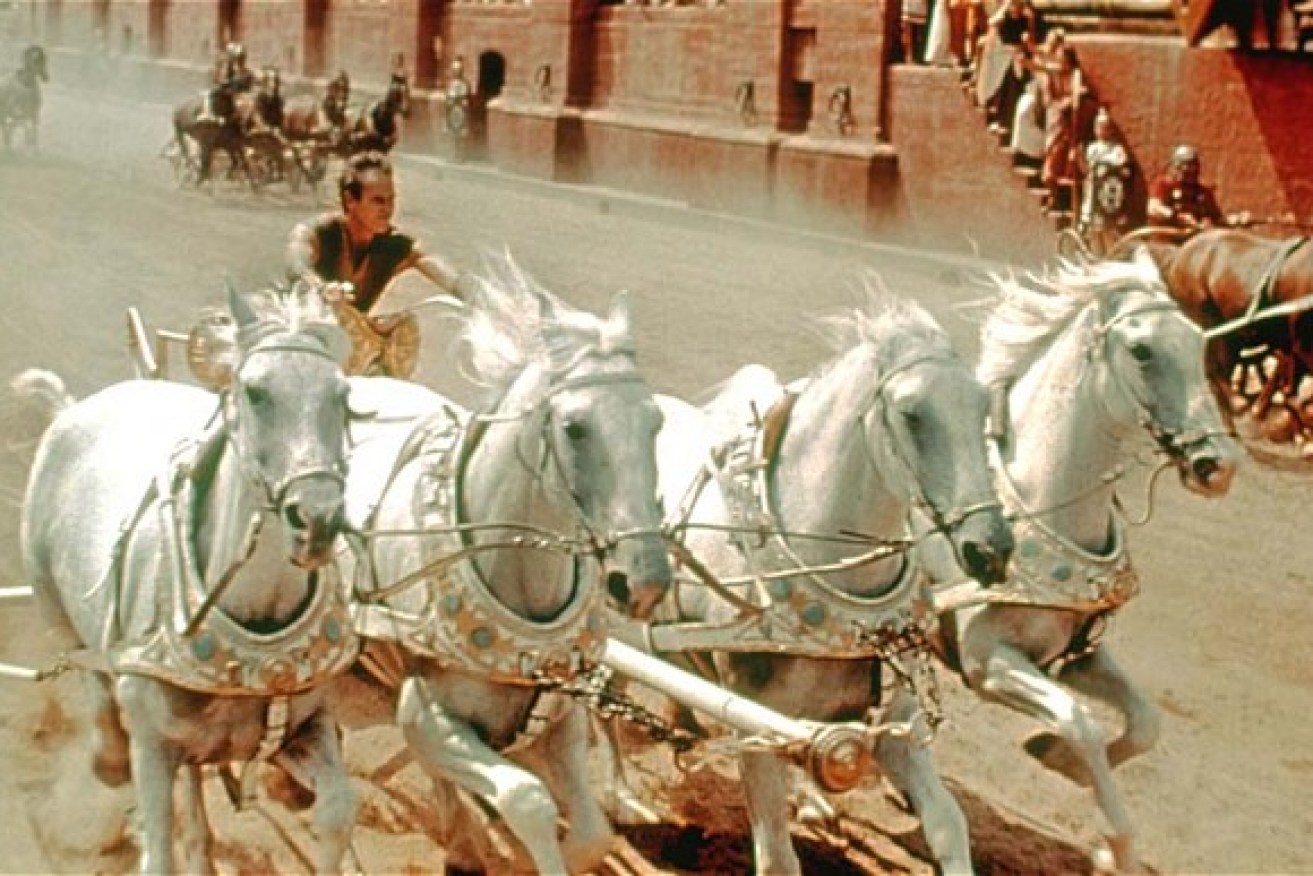
The chariot scene is arguably one of the greatest in history.
Expectations are a nasty business.
The best-selling nineteenth-century novel, based on, of all things, the best-selling book of all time, the Bible, was turned into a stage-play that ran for over two decades, before being adapted into a 1907 film that famously set the precedent for securing an author’s permission before adapting their work to screen.
Eclipsed by the 1925 version, the most expensive film of the silent era, the 1959 adaptation too became the most expensive film of all time, securing 11 Oscars, a record that has never been beaten and remained unequalled until Titanic.
A CGI-heavy adaptation with no marquee actors, save Morgan Freeman in a supporting role, was always going to have difficulty measuring up.
The big scenes
Boasting its predecessor’s two iconic sequences, the battle in the Ionian Sea and the quintessential Chariot race, the action does not disappoint.
Told mostly from Ben-Hur’s point of view, the epic battle against the Greek forces is glimpsed mostly through the shattered hull of the ship to which he’s chained and from which he is shockingly torn away – an engrossing skirmish only outdone by the phenomenal chariot race.
Pitting Ben-Hur against his enemy, the breathless sequence has riders flying under and over the rattling pieces of wood, the nine-laps and deadly personal battle between the pair abundantly thrilling in the one aspect of this reworking no one ever expected to even remotely hold a candle to what came before.
Yet it does.
To jog your memory, here’s the 1959 chariot scene.
Going its own way
Clocking in at only two hours, Ben-Hur never tries to match the scale of epics past, instead offering a slightly different vision of the original novel that even die-hard fans of Director William Wyler’s Oscar-magnet will have difficulty drawing too many comparisons.

Huston is well cast as Ben-Hur.
Jack Huston (Boardwalk Empire) may not be Heston but he holds his own as prince-turned-galley-slave Judah Ben-Hur, visibly growing into the role as the film progresses and carrying some of the more physically-demanding sequences.
Toby Kebbell (known for playing Victor von Doom in the recent Fantastic Four) is a comparatively woeful as Ben-Hur’s enemy Messala, failing to conjure a fraction of the animation Huston brings to the title role.
Talented Danish actor Pilou Asbaek (Game of Thrones) pops his head in occasionally as Pontius Pilate amidst a none-too-subtle treatment of the religious narrative running through the film.
Making no small number of fleeting appearances, Jesus Christ (300’s Rodrigo Santoro), unlike in previous adaptions where they only showed the figure from behind or afar, is front and centre for whole segments.
Finding an audience
With Ben-Hur as of yet failing to gain much traction with audiences internationally, religious or otherwise, the studios have also attempted to market the adaptation as one of Hollywood’s swords and sandals epics ala Gladiator or Exodus: Gods and Kings.
The 1959 retelling still the standard, modern audiences not content to sit through a three-and-a-half hour biblical drama may just get a kick out of this distinctly modern adaptation.
Ben-Hur arrived at cinemas everywhere on August 25

